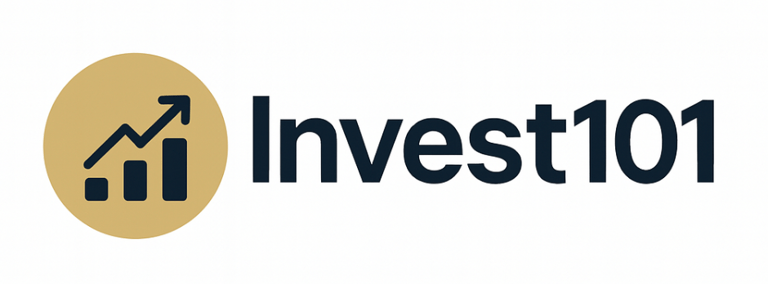How to Build a Simple Investment Portfolio
A beginner-friendly guide to growing your money with confidence
7/7/20252 min read


Building an investment portfolio might sound intimidating, but it doesn’t have to be. You don’t need to be a financial expert, follow every market move, or own 100 different assets.
The best portfolios are not complicated, they’re clear, diversified, and built to last.
Here’s how to build a solid portfolio from scratch in just a few steps.
1. Define Your Goal and Time Horizon
Before investing, ask:
What am I investing for? (e.g. retirement, home, financial independence)
When will I need the money?
This determines your risk level and what kind of assets you should include:
Short-term (0–3 years): Keep most of your money in cash or bonds
Medium-term (3–7 years): Use a balanced mix
Long-term (7+ years): Focus more on growth (stocks)
2. Choose Your Risk Level
Here’s a general guide:
🟢 Conservative: 20% stocks / 80% bonds
🟠 Balanced: 60% stocks / 40% bonds
🔴 Aggressive: 80–100% stocks
Your ideal mix depends on your comfort with market swings. Be honest with yourself.
3. Use ETFs or Index Funds to Diversify Easily
Don’t waste time picking individual stocks. Instead, use low-cost index funds or ETFs that automatically spread your money across hundreds (or thousands) of investments.
A classic simple setup:
1. Global Equity ETF (e.g. tracks MSCI World or S&P 500)
→ For long-term growth2. Bond ETF (e.g. government or aggregate bonds)
→ For income and stability
Optional Add-ons:
Real estate (REIT ETF)
Gold or commodities (for inflation hedge)
Emerging markets (for higher growth exposure)
4. Decide on Your Allocation
Here’s an example for a balanced portfolio:
60% Global Equity ETF (e.g. MSCI World or S&P 500)
30% Bond ETF
10% Emerging Markets ETF
Keep it simple, just 2 or 3 funds are enough to start.
5. Automate and Stay Consistent
Once you’ve chosen your mix:
Invest regularly (monthly is great)
Use auto-invest features if your broker allows it
Don’t stress over daily price movements
📌 Tip: Use dollar-cost averaging, investing fixed amounts over time, to reduce timing risk.
6. Rebalance Occasionally
Your portfolio will drift over time as assets rise or fall.
Once or twice a year:
Check your allocations
Sell what’s overweighted and buy what’s underweighted to get back to your target mix
This helps you buy low and sell high automatically.
Final Thought: Simple Is Strong
You don’t need complexity to succeed, just consistency and clarity.
Start with a basic, diversified portfolio that fits your goals and comfort level.
Add complexity later if needed, or not at all.
Because in investing, simple portfolios outperform complicated ones when you actually stick to them.
Invest101.blog
Articles and resources for smart investing.
Contact
contact@invest101.blog
© 2025. All rights reserved.
